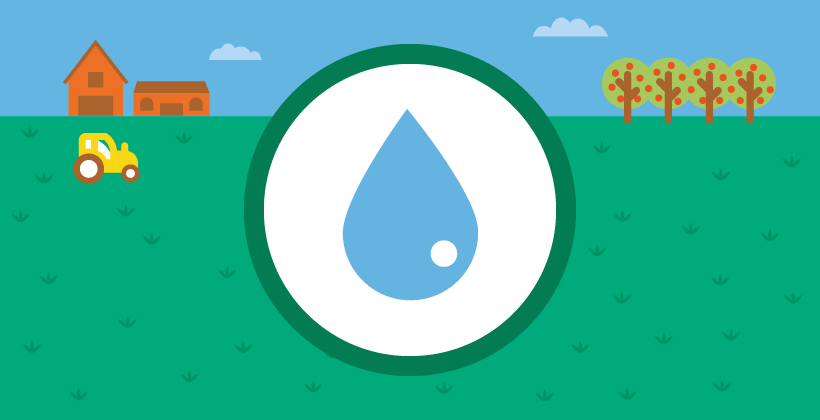Water is symbolic to life, divinity, purity, growth, culture, and the list continues. Every day, people use water for drinking, sanitation, health care, agriculture, recreation and lots more, which buttresses the words of the legendary Nigerian musician, Fela Anikulapo Kuti that “water no get enemy”. This year’s theme; “Accelerating the Change to Solve Water and Sanitation Crisis”, brings to light, the urgency of taking critical actions towards addressing the global water crisis. Just as oxygen is to humans, so is water to agriculture; little wonder the International Day of Forests, and International Day of Water are celebrated, a day apart.
World Water Day, which has been celebrated every year on March 22 since 1993, is set aside to focus on how fresh water will be available from time to time, for the earth. Concerns are getting increased over water presently, as there are more withdrawals for use by different entities. The International Water Management Institute claims that the fight over a limited water supply is ongoing between home, industrial, and environmental applications, which together account for nearly 70% of all global water withdrawals. This, already constituting a global concern, has prompted many to seek to develop more efficient water management techniques in an effort to address scarcity worries.
The Organisation for Economic Cooperation and Development (OECD) has stated that, globally, agricultural regions have experienced severe and escalating water restrictions in recent years. Major droughts in Chile and the United States of America, Cyclones in some Asian and African countries, have reduced surface and groundwater supplies while affecting agricultural production. It is anticipated that these, as well as other extreme weather occurrences, like floods or tropical storms, will occur more frequently and according to projections, climate change will result in greater swings in precipitation and surface water supplies, less snow cover and glaciers, and changes in agricultural water needs.
No doubt, the future of food and wellness of humanity is hanging on the availability of safe water, minimal pollution on the earth. In today’s world, water resources have constituted a challenge for farmers globally due to constant reduction in available fresh water resources. Although, investments in irrigation yearly has helped, even in mitigating rising issues of hunger that is plaguing the world. However, population growth has led to the tight competition for water resources. For instance, the Food and Agriculture Organisation (FAO) has submitted that 2,000 and 5,000 litres of water is needed to create the diet one person consumes each day. Now imagine, such efforts now go into wasted meals globally, this would mean we all are contributing to water loss. Meanwhile, the World Bank has posited that irrigated agriculture represents 20 per cent of the total cultivated land and contributes 40 per cent of the total food produced worldwide despite that irrigation, at times, is condemned for wasting water resources and not conserving it.
The reason for a higher shift to irrigation may not be far from what the Food and Agriculture organisation of the United Nations said that, the amount of fresh water per capita has fallen by 20 percent over the last two decades and nearly 60 percent of irrigated crop land is water-stressed. Pollution, climate change, excessive irrigation, land degradation, urbanisation, among others, are threats to sustaining farmlands for food production. With the population expected to increase to about 10 billion by 2050, according to the United Nations, agriculture would definitely be affected, if steps are not taken in ensuring that water is available for year–round production and storage; because the fact remains that this population would need to be fed, and fed right, to stay alive.
Currently, the world’s lakes, rivers, and aquifers that support agriculture are starting to be compromised by pollution, climate change, and over-abstraction, due to human activities. The Zero Hunger target of the Sustainable Development Goal (SDGs) would never be achieved by 2030, if activities and habits of people, are not checked globally. With more people experiencing water stress due to scarcity on a yearly basis, there is an urgent need to improve the efficiency of water for agriculture and this cannot be achieved outside of everyone standing up for the protection of this precious resource. Policy makers and governments should, therefore, be more committed to ensuring overall efficiency of water use by the agriculture sector by improving resilience to water risks.

